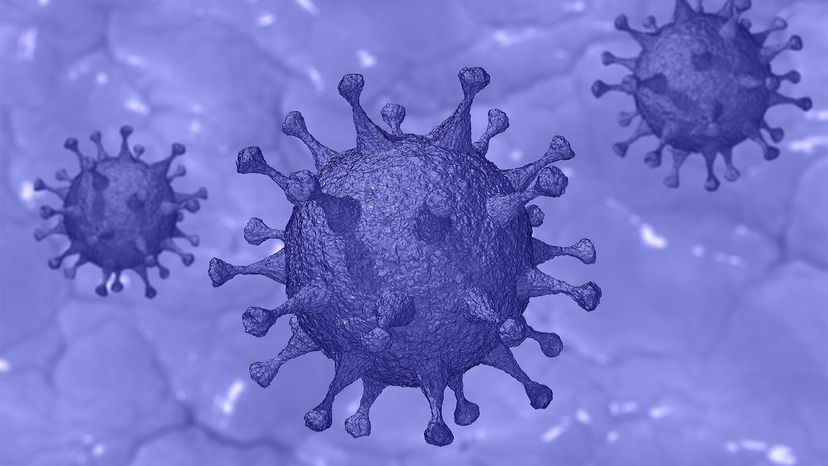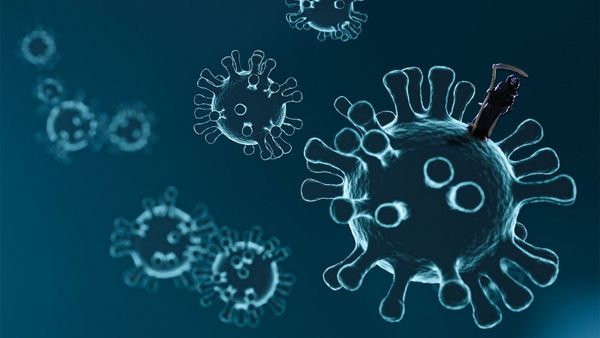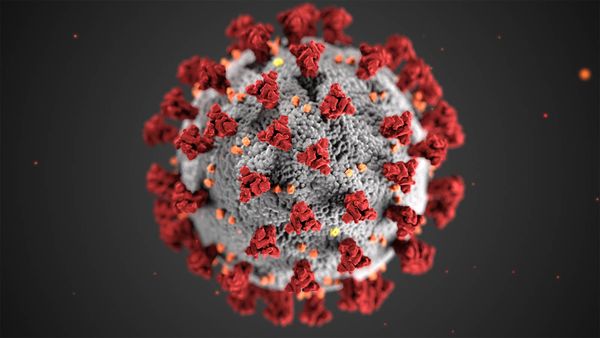
The COVID-19 pandemic that ravaged the world in 2020 made many of us realize the huge impact that a virus can have upon our lives.
Most of us at one time or another have had colds or the flu, and we are especially vulnerable during certain times of the year. The symptoms — fever, congestion, coughing, sore throat — spread through offices, schools and homes, no matter where in the world we live. Colds and flu (influenza) are caused by viruses. But viruses are responsible for many other serious, often deadly, diseases including COVID-19, AIDS, Ebola, hemorrhagic fever, infectious hepatitis and herpes. How can viruses cause so much trouble? What makes us so vulnerable to them, and what makes them spread?
Advertisement
In this article, we will explore the world of viruses. We'll talk about what a virus is, what viruses look like, how they infect us and how we can reduce the risk of infection. And you'll learn why you feel so miserable when a cold virus attacks your body!


